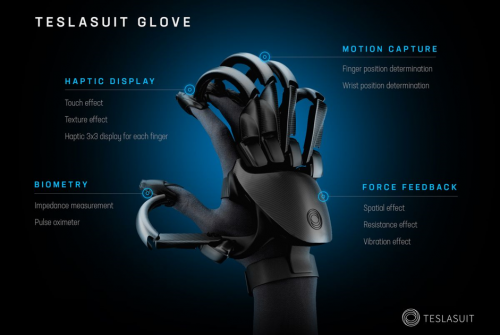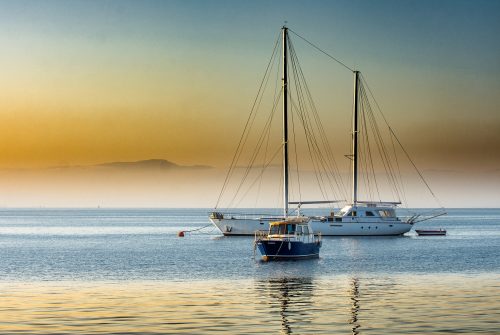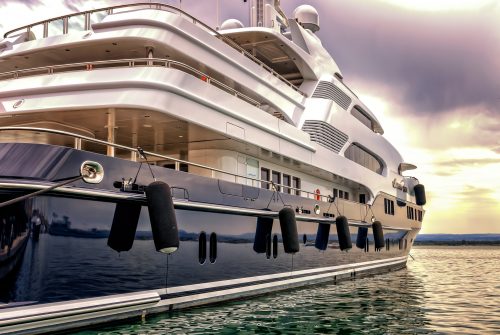Ship engines: two hybrid systems with potential
17 September 2019 | Written by Tommaso Spezzacatena
Hybrid engines are also emerging in the maritime sector and there are numerous innovations and technological possibilities offered by this sector to reduce its dependence on hydrocarbons. Diesel-wind and diesel-electric hybrids are just a few examples. Let's find out which ones are the most interesting and innovative.

The use of the hybrid engine in the world of transport is a phenomenon in constant growth but, if in the car sector the demand for this type of car continues to grow (according to what was reported by Greenstart in Italy in the last 4 years it has gone from a sale of just under 2500 cars to just over 8000), in the naval sector the spread of these engines seems to be slower. To date, the most promising hybrid naval engines seem to be those powered by diesel and LNG (Liquefied Natural Gas), such as methane. This solution should greatly reduce the emissions of pollutants (according to Edison, an LNG engine can also generate 25% less CO2 than a Diesel engine), but reducing does not mean eliminating: it is still a combustion system, and moreover, methane is not a completely green solution as this gas has a strong thermal power and is therefore one of the main causes of global warming. But there are other, more sustainable solutions, already on the market or under development.
Wind-Diesel. One of the possible solutions is called wind hybrid, that is those systems that generate energy from the force of the wind, that is a sort of return to the past and to the use of the sails. coping with an excessive growth in fuel prices: a solution to reduce consumption and therefore the costs that allow you to dust off sails and masts.
Sails. The first concrete experiments in this direction in fact took place during the oil crisis of the 1970s during which hybrid ships were built such as the Japanese Usuki Pioneer or Aqua City which claimed to achieve a reduction of up to 30/40% of the consumption of fuel during optimal wind conditions. To both boats were added 2 large master masts that could support the huge square sails.
This system, however, is not without flaws, the insertion of master masts requires important modernization interventions that reduce the load and space available for the loading of goods. Furthermore, it must be added that some ports and canals have a limit to the height of the master trees limiting access to certain areas. Finally, the introduction of huge master masts could lead to an increase in the number of sailors with particular skills in order to be able to properly manage the sails.
Kite. An alternative to the sails, but which exploits the same principle, is the use of a kite (ie a sort of parachute similar to those used in kitesurfing) which, rising above the bow and exploiting the force of the wind, would pull the boat lightening the work on the heat engine. This solution compared to the previous one has the value of not needing large supports to support the sails and be applicable to any boat even of smaller dimensions.
Turbosails. Another solution that exploits wind energy is that of the so-called “Turbovel”: sails that appear cylindrical and that take advantage of the Magnus effect (a physical phenomenon that regards rotating objects, the same that gives the “effect”). “to the curved balls in sports). Invented in the 1920s they had a very short life due to the subsequent spread of heat engines. In general it would be preferable to classic sail systems because it is able to facilitate the maneuvers of the boat and because it requires less personnel for the management. To date this technology has been partially recovered.
Among the new applications we can mention the test carried out in 2018 by the company Maersk which introduced the turbovelas on an oil tanker to reduce fuel costs by about 10%. Specifically, 2 cylinders of approximately 30 meters were inserted, capable of generating about 3 megawatts of power and generating a reduction of up to 1,000 tons of CO2 per year. The trial will end at the end of 2019.
Wind-diesel hybrid systems could play an increasing role in the future as, since they are the easiest and most immediate solutions to be applied, they could be the best technologies to respond in the short term to the increase in fuel costs expected in 2020 In particular, these diesel-wind hybrid systems could have particular fortune if used on Bulk carriers (ships for the transport of loose raw materials, such as wheat) because these do not normally have to undergo particularly tight sailing times, moreover the trade of these raw materials usually travel on the North-South axis which is the one beaten by the main and most important world winds.
Electric hybrid. When we talk about hybrid systems, the first idea that comes to mind is those of combustion engines that work together with electrical systems that can be powered by a battery or a fuel cell, a system that uses hydrogen to generate a electric current. Hydrogen in itself could be a solution capable of completely replacing hydrocarbons but there are some critical issues to be solved before this happens. Hydrogen needs a lot of space to be stored (space that would be removed from the goods, in the case of cargo ships), or expensive pressurized tanks plus a certain amount of energy to compress the gas.
A possible solution would be to use hydrogen as an adjuvant for a heat engine. This would greatly reduce emissions and partially overcome space problems. In reality, today technology is still far from being applied on large ships. One of the few examples of fully hydrogen-powered boats is the Energy Observer, a 30-meter long catamaran built in France in 2017 for experimental purposes. The reason for this delay is once again to be found in the difficulties of using hydrogen and above all in the numerous retrofitting interventions necessary to adapt an existing ship to the use of hydrogen as a fuel.
To overcome this problem, however, some think they use ammonia (NH3) as a substitute for pure hydrogen. In fact, by burning the ammonia it is possible to release the 3 atoms of hydrogen and release its energy. Another point in favor of ammonia is the fact that it is kept in a liquid state even around a pressure of 7 bar (like an LPG tank) and that therefore it could allow to use the current tanks without major modifications.
The hybrid solutions in the future, they will surely be fundamental in the short term to reduce emissions. Biogas will most likely play a leading role but the solutions are diverse and numerous and it is desirable that hybrid systems spread more and more, giving priority to the idea of being able to feed a means of transport with different propulsion systems so as to be able to face the better the swings of the seas like those of the markets.





